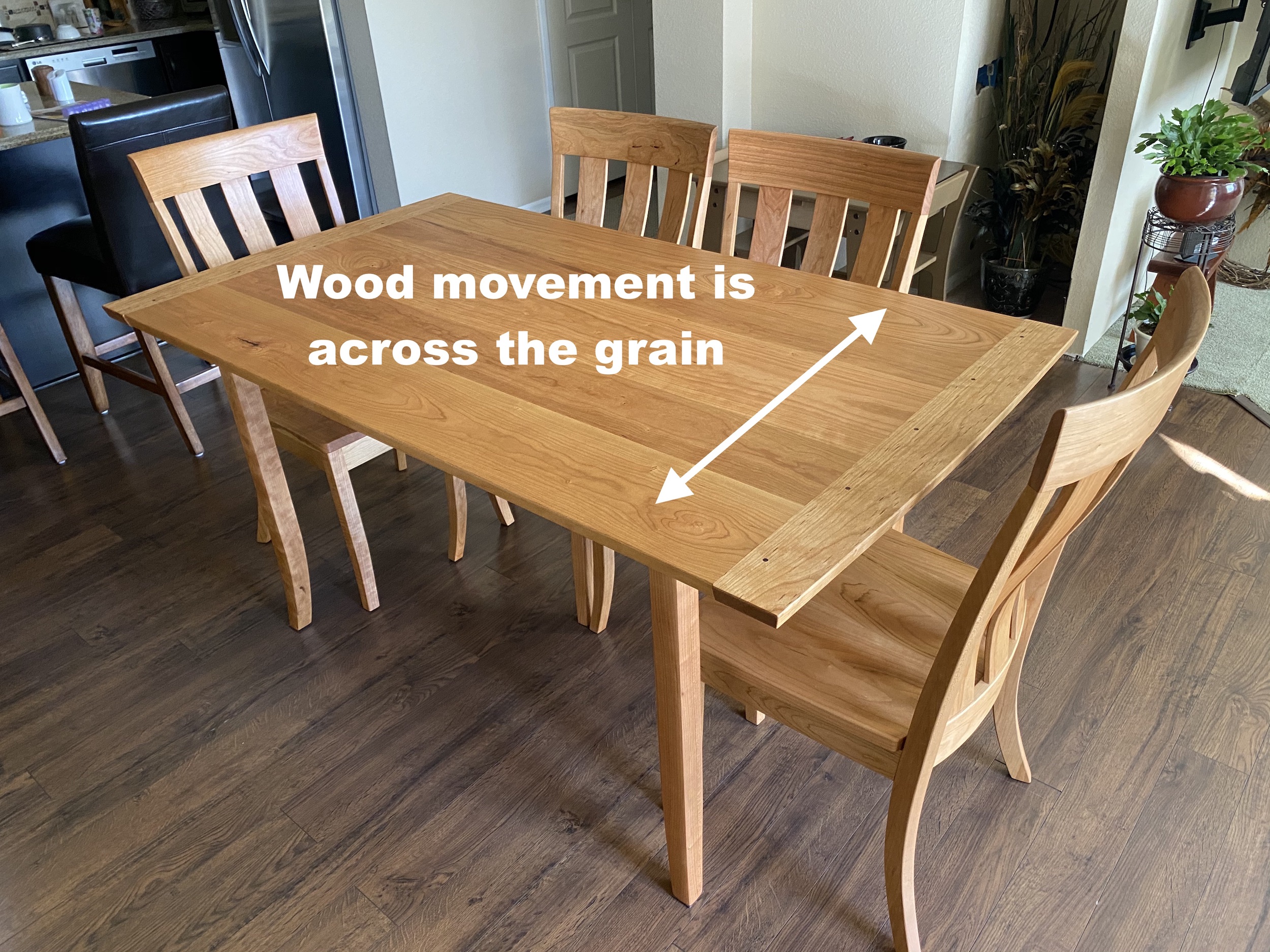Breadboard ends can be an attractive addition to table tops or panels. When made properly, they can also help stabilize panels and keep them flat. Unfortunately, many folks get them wrong. Before we dig into that let’s first establish what a breadboard end is. Have you ever seen a large farmhouse style table where the ends feature cross-grain boards (something like the picture below)? That’s a breadboard end. What many people fail to consider is that simply gluing and screwing a board to the end of a panel is actually a recipe for disaster. As the table top expands and contracts with seasonal humidity across its width, the breadboard fights that movement. Tension builds up and eventually the top will crack. The breadboard may also begin to pull away from the table creating unsightly gaps. So the real magic of a breadboard end happens when you allow for that seasonable movement. Using good joinery and drawbore pins, we can pull the breadboard end tight to the table while still allowing the table the grow and shrink as needed.
Consider this your guide for how to do that using four different methods.
Please note that breadboards are NEVER necessary. A properly-milled and constructed panel should generally stay flat under normal conditions, so the only time I add a breadboard end is if I think the design benefits from it visually. Learn to make nice flat panels here.
1: The Haunched Tenon Method
2: The Long Tenon Method
3: The G&G Inspired Screw Method
4: The Domino Method
The post Breadboard Ends: The Joint Most People Get Wrong appeared first on The Wood Whisperer.
from The Wood Whisperer https://ift.tt/35qQsqX

没有评论:
发表评论